You're Always At Home With Refind Realty.
Serving Your DFW Real Estate Needs Since 2005.
We Help You Buy and Sell in The Greater Dallas-Fort Worth Area.
Check Out Our Social Media Channels!
Buying in DFW
Buying your first or next home should be a rewarding and exciting time in your life, and one that you look back on with fond memories.
Thinking Of selling?
The market has changed a lot and I'd love to show you the exact strategy I use to get sellers in DFW top dollar for their property.
Get Pre-Approved
Let me walk you through the entire pre-approval process so you know exactly how much home you can afford.
Sign Up For my
Email List
My emails are a great way to stay up-to-date with local news and real estate market trends, even if you're not currently in the market. So, come on and join me to stay in the loop!
affordability Calculator
Get pre-approved to know exactly how much house you can afford. Use this calculator to get a quick estimate. Contact me for assistance!
DFW New Construction
Discover the latest new home constructions in DFW and take advantage of the builder incentives that are available now.


Owned and Operated by Thomas & Thomas Financial Group, LLC
Let's Make Your real estate Dreams Come True.
Newest Listings
Call Me Today At (713) 505-2280

Refind Realty Blog:

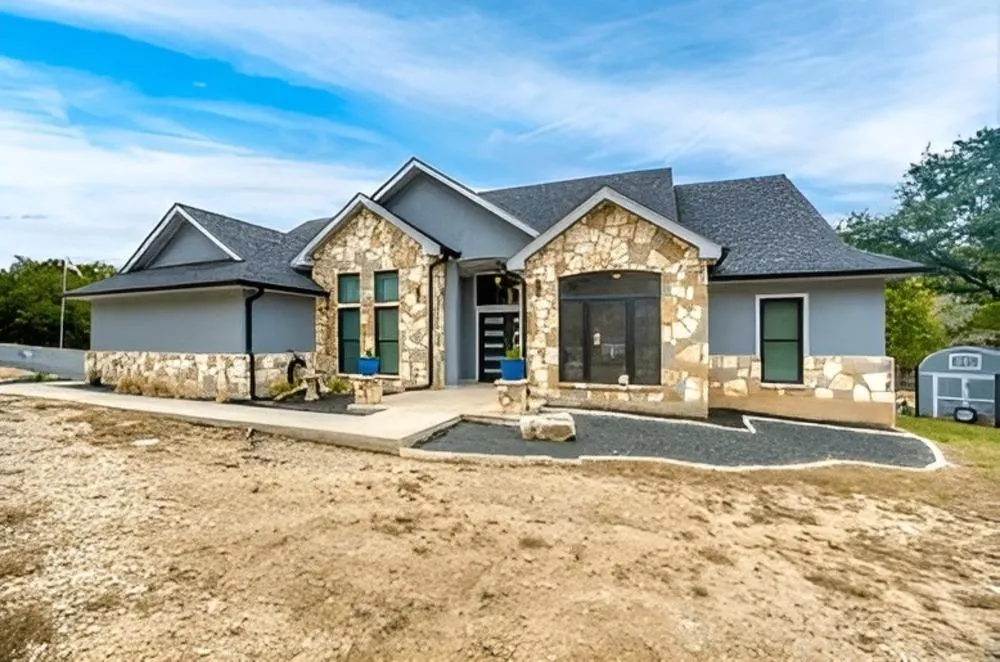
How to Sell a Home With Unique Features and Upgrade to a New Build in Dallas | Refind Realty DFW
How to Sell a Home With Unique Features and Upgrade to a New Build in Dallas
By Steven J. Thomas

Direct Answer
Selling a home with unique features requires showcasing its value clearly — not just its differences.
In Dallas–Fort Worth, buyers want modern function and energy efficiency, so the key is bridging your home’s uniqueness with today’s buyer expectations while structuring a smooth transition into your next new build.
You’ll sell faster and for more when your home’s standout details are framed as benefits, not quirks — and when your upgrade plan to the new home is financially and logistically aligned.
Understanding What “Unique” Really Means in DFW
Unique homes come in many forms:
Custom layouts or architectural styles
Premium upgrades (outdoor kitchens, media rooms, designer finishes)
Converted spaces (home gyms, studios, in-law suites)
Oversized lots or views uncommon to the subdivision
In a market flooded with builder-grade new homes, these properties can shine — if positioned correctly. The goal is to make your home feel exclusive, not eccentric.
1. Identify Which Features Truly Add Value
Not every upgrade translates to resale value. Focus on the improvements that have wide buyer appeal.
High-value unique features:
Outdoor living spaces with kitchens or fireplaces
Energy-efficient systems (solar panels, insulation, tankless water heaters)
Upgraded kitchens and bathrooms
Home office or flex space conversions
Smart-home integrations
Lower-value features (for resale):
Themed rooms or highly personalized décor
Complex landscaping or water features that require maintenance
Niche technology systems that need custom servicing
💡 Tip: Use your Home Seller Score to assess which features increase buyer demand in your neighborhood.
2. Showcase the Lifestyle, Not Just the Features
Unique homes sell best through storytelling.
Buyers connect emotionally when they see how your home lives, not just how it looks.
Example:
Instead of saying “custom outdoor lighting,” show how the space transforms for evening gatherings.
Marketing should highlight:
Lifestyle photography and drone footage
Video tours narrated to explain each feature’s purpose
Captions describing benefits (“energy-efficient,” “entertainer’s dream,” “work-from-home ready”)
🎥 Pro Tip: Pair your listing with short-form videos on Instagram and TikTok featuring your home’s most impressive spaces.
3. Stage Strategically to Broaden Appeal
Professional staging can neutralize overly personalized elements.
Remove clutter and overly bold design choices.
Simplify unique layouts so buyers can envision flexibility.
Focus on lighting and color to make custom finishes feel timeless.
📸 Tip: Use professional photography — unique homes perform best when angles and lighting are controlled to emphasize scale and flow.
4. Position Against New Construction — Not Against Neighbors
Your competition isn’t just the resale down the street — it’s the builder offering incentives nearby.
Show buyers what your home offers that a new build can’t:
Larger lot or mature landscaping
Immediate move-in
Custom craftsmanship or upgrades already included
Lower property taxes and no waiting period
At the same time, plan your upgrade path carefully so you can transition smoothly into your new build.
Explore flexible selling programs:
HomeSwap: Buy your new build first, then sell your current home after moving.
SureSale: Pre-inspect and market your home with a cash-backed guarantee.
Sell and Stay: Close and lease back until your new construction is ready.
📘 Compare options → Home Selling Options
5. Coordinate Timing With Your Builder
If you’re moving into a new build, your timeline is tied to construction progress.
Plan backwards from your builder’s estimated completion date:
Timeline StepIdeal WindowPurposeFinal Build Inspection-30 daysConfirm closing targetList Current Home-60 to -90 daysSecure a buyer earlyClose Current Home-30 to 0 daysAlign with builder closingMove-In Date0 to +14 daysTransition buffer
At Refind Realty DFW, I coordinate both transactions through one process so you avoid double payments or rushed closings.
6. Manage Financing for Both Transactions
If your equity from your current home funds the new build, discuss bridge financing early.
Use your pre-approval to confirm how much you can borrow before sale.
Consider temporary financing like HomeSwap or equity line options.
Align closing dates to minimize cash overlap.
💰 Get started: Get Pre-Approved
7. Marketing Plan for Unique Homes
Unique homes need more than MLS exposure.
Here’s what works best in DFW:
Professional video tours posted to YouTube and social media.
Targeted Facebook & Instagram ads reaching relocation buyers.
Builder competition comparison sheets showing your value edge.
Email campaigns to agents specializing in new-construction buyers.
📲 Your first showing happens online — syndicate your listing through the Lone Star Living App for maximum reach.
Example: The Cedar Hill Modern
A seller in Cedar Hill had a modern custom home with a unique steel façade and high-end finishes.
We highlighted:
Smart-home automation and solar efficiency.
Outdoor kitchen with skyline views.
Immediate availability versus 8-month builder backlog.
The result: sold in 11 days, over asking — while their new-build closing aligned within two weeks.
Conclusion
Selling a unique home in Dallas requires positioning, timing, and precision.
Highlight lifestyle benefits, stage for broad appeal, and coordinate your transition into your new build using structured programs designed for today’s market.
📈 Get Your Home Seller Score
🏡 Compare Home Selling Options
📅 Book Your Home Goals Consultation
Key Takeaways
Focus on features with broad buyer appeal.
Market lifestyle, not just uniqueness.
Use strategic staging and professional visuals.
Leverage flexible selling programs for smooth move-ups.
Align both transactions early to avoid timing stress.
Stay Informed With My Downloadable
Buyer and Seller guides

6 Smart Ways to Build Home Equity

7 Insider Secrets To Selling Your Home w/o a Lot of Time or Money

DFW Home Seller Negotiation Secrets
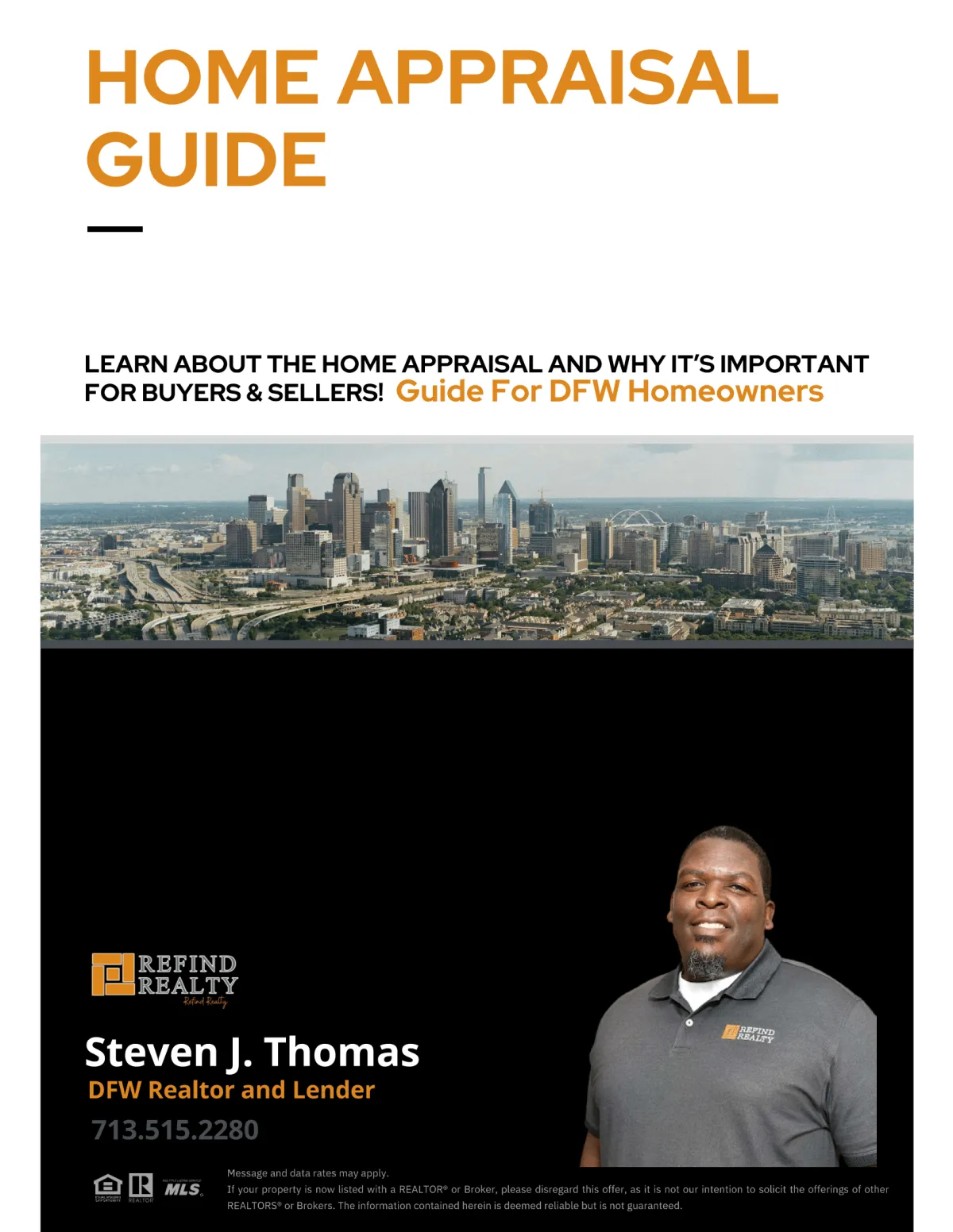
Home Appraisals Guide
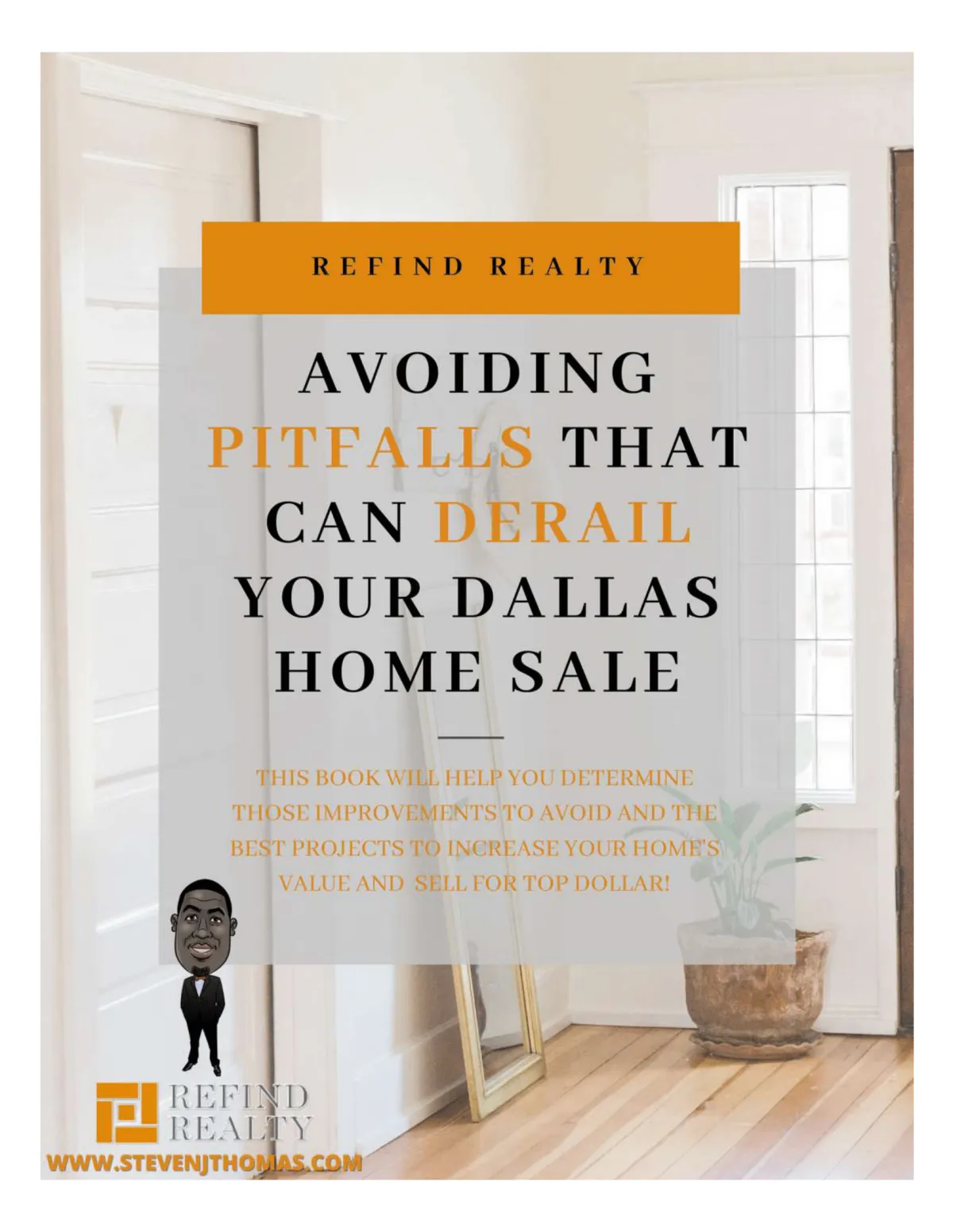
Avoiding Pitfalls That Can Derail Your Home's Sale
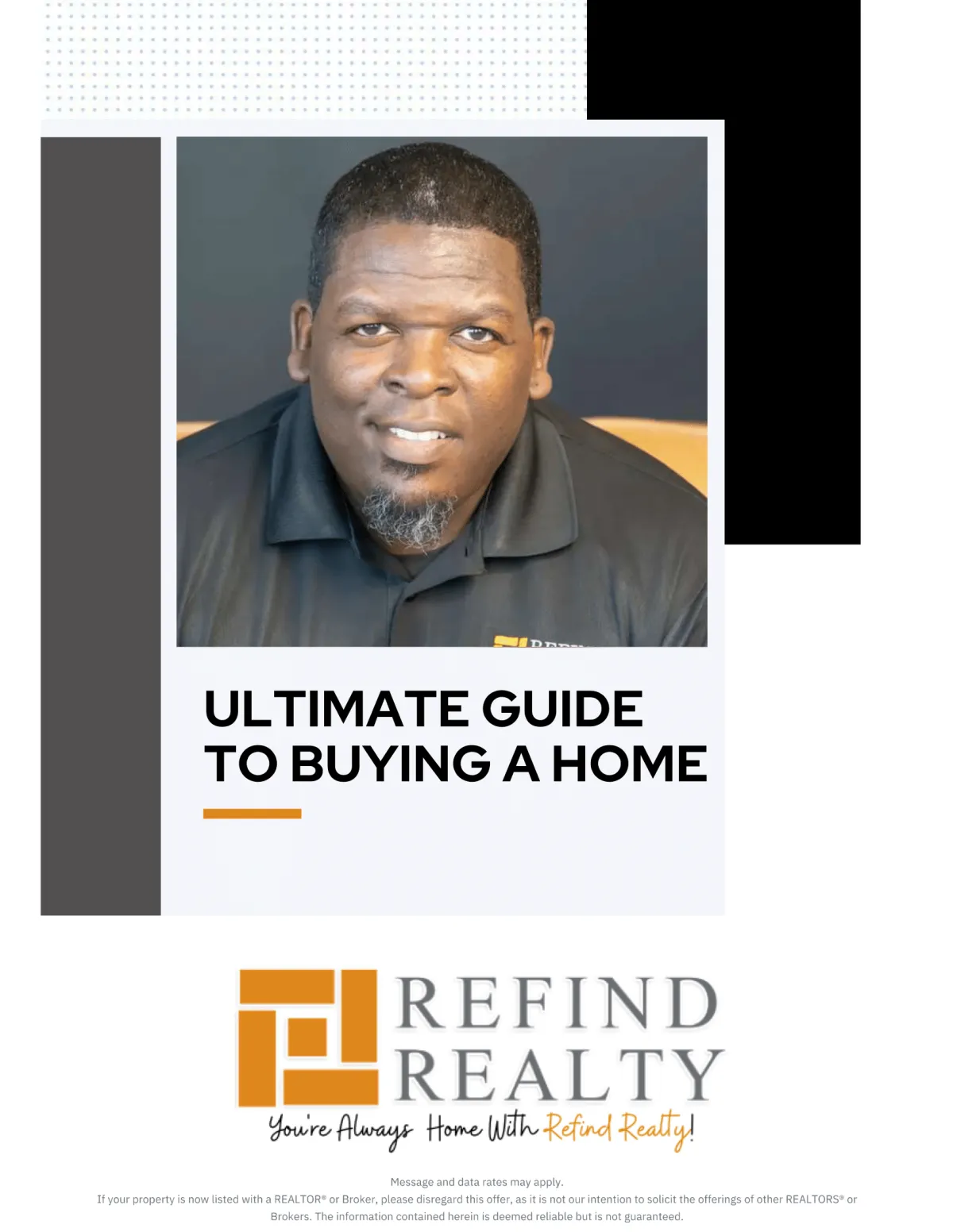
Ultimate Guide To Buying a Home

A First Time Homebuyers Guide In DFW

Are You Ready To Buy?

25 Insider Secrets To Buying A Home

How to Improve Your Credit
Download All My Guides For Free


Owned and Operated by Thomas & Thomas Financial Group, LLC
Steven J. Thomas
Steven J. Thomas has been in the financial services industry for the past 19 years and started my career as a Financial Planner for American Express Financial Advisors. I entered into banking with JP Morgan Chase as personal banker in 2003 and was promoted several times up to Small Business Specialist. I earned multiple Million Dollar Club awards and was ranked in the top 5 Small Business Specialist before I branched out in 2005 to start my own Financial Management Company. I ran a successful company before family circumstances lead me to Wachovia Bank in 2008 where I worked as a Senior Financial Specialist. As a Sr. Financial Specialist; I was responsible for the P & L and revenue growth of my banking center. The elimination of my role thru a bank merger lead me to BBVA Compass. I have held various leadership roles at BBVA Compass including Personal Relationship Manager, Branch Retail Executive, Workplace Solutions VP, and his current role as a Retail Manager. As the Regional Workplace Solutions VP, I was responsible for the strategic, tactical, and execution of Partnership Banking relationships, promotion and activity with corporate and non-profit companies in my footprint. I was responsible for the acquisition production for three districts, which includes 51 banking centers and over 300 employees. In May of 2014, I joined the team at Refind Realty and became one of the managing partners in mid-2015.

Wondering What Your DFW Home Could Be Worth in 2025?
Get a Professional Home Valuation From A Local Market Expert
Unlock insights into potential selling prices.
Get a personalized analysis sent directly to your inbox.
Stay ahead with updates on property value fluctuations.
Benchmark your property against neighborhood listings.
Get a FREE Home Valuation And Potential Net Sheet:


I used this realtor and it was a great experience. He was patient and very helpful with our journey. He also helped us find a great lender with little hassle on the process, also got us approved for well above the market of our original home so we were able to get more house with a lower mortgage rate. So to anyone who is interested in buying a home take my advice give Steven a call. It’s worth it 😁
Bryant Loring


Steve was absolutely amazing! Everything was easy! Very professional in all aspects. Punctual, responsive, and diligent. He goes above and beyond to ensure you get to see as many homes as you’d like no matter the location. Not only was he knowledgeable about home buying, he also has a resourceful network for new home owner needs. I recommend Refind Realty to everyone!
Nicholas Bishop


I definitely recommend Steven to assist with your home buying needs. As a first time home buyer the process can be overwhelming, but as my realtor he was knowledgeable & patient while addressing my concerns and assisting me with my new home purchase. Thanks again Steven!! :-)
Gayle Mason

Ask Us Anything
Frequently Asked Questions
Why do you need a Realtor?
When buying or selling a home, there are so many options…which can also present a lot of obstacles. Laws change, forms change, and practices change all the time in the real estate industry. Because it’s our job to stay on top of those things, hiring a realtor reduces risk, and can also save you a lot of money in the long run.
When you work with me as your Realtor, you’re getting an expert who knows the area; knows how to skillfully guide your experience as a seller or buyer; can easily spot the difference between a good deal and a great deal. My job is to translate your dream into a real estate reality, and I work hard to earn and keep my business. This also means earning your trust: When you work with me, you’ll be working with a realtor who looks out for your best interests and is invested in your goals.
Which loan should you choose?
There are two different types of loans conventional loans and government-backed loans. The main difference is who insures these loans:
1 - Government-backed loans (FHA, VA and USDA):
(a) - Are, unsurprisingly, backed by the government.
(b) - Include FHA loans, VA loans, and USDA loans.
(c) - Make up less than 40 percent of the home loans generated in the U.S. each year.
2 - Conventional loans
(a) - Are not backed by the government.
(b) - Include conforming and non-conforming loans (such as jumbo loans).
(c) - Make up more than 60 percent of the loans generated in the U.S. each year.
What is the difference between FHA, VA and USDA loans?
1 - FHA LOANS:
FHA loans, which are insured by the Federal Housing Administration, are typically designed to meet the needs of first-time homebuyers with low or moderate incomes. FHA loans can be approved with a down payment of as little as 3.5 percent and a credit score as low as 580.
FHA loans are often called “helper loans,” because they give a leg up to potential borrowers who may not be able to secure one otherwise. For this reason, FHA loans have maximum lending limits, which are determined based on housing values for the county where the for-sale home is located.
Because the agency is taking on more risk by insuring FHA loans, the borrower is expected to pay mortgage insurance both at the time of closing and on a monthly basis, and the property must be owner-occupied.
2 - VA LOANS:
VA loans are backed by the Department of Veterans Affairs and they are guaranteed to qualified veterans and active-duty personnel and their spouses. VA loans can be approved with 100 percent financing, meaning VA borrowers are not required to make a down payment.
Unlike FHA loans, borrowers do not have to pay mortgage insurance on VA loans.
3 - USDA LOANS:
You may also hear about USDA loans, which are backed by the United States Department of Agriculture mortgage program. USDA loans are intended to support homeowners who purchase homes in rural and some suburban areas. USDA loans do not require a down payment and may offer lower interest rates; borrowers may have to pay a small mortgage insurance premium in order to offset the lender’s risk.
What’s a conventional loan? Understanding what it means to be conforming and non-conforming
Buyers who have a more established credit history and a larger down payment may prefer to apply for a conventional loan. These loans may offer a lower interest rate and only require the home buyer to purchase monthly mortgage insurance while the loan-to-value ratio is above a certain percentage, so a conventional loan borrower can typically save money in the long run.
Conventional loans are divided into two types: Conforming loans and non-conforming loans.
1 - CONFORMING LOANS:
Conforming loans are those that meet (or conform to) predetermined standards set by Fannie Mae and Freddie Mac — two government-sponsored institutions that buy and sell mortgages on the secondary market. By selling the loans to "Fannie and Freddie," lenders can free up their capital and return to issue more mortgages than if they had to personally back every loan that they approve.
The main standard for conforming loans is that the amount borrowed must be under a certain amount; in Alaska, a single-family home loan must be under $647,200 in order to be considered conforming.
Properties with more than one unit have higher limits.
2 - NON-CONFORMING (JUMBO) LOANS:
But what happens if a borrower wants to borrow more than the Freddie- and Fannie-approved loan amount? In this case, they would have to apply for a “jumbo loan,” which is the most common type of non-conforming loan.
Because the lender cannot resell the jumbo loan (or any non-conforming loan) to Freddie Mac or Fannie Mae, jumbo loans are considered to be riskier than a conforming loan. To protect against this risk, the bank will typically require a higher down payment; the interest rate on a jumbo loan may also be higher than if the same borrower applied for a conforming loan.
What kind of rate should you choose?
Rate types: Fixed-rate vs. adjustable-rate mortgages.
In addition to the loan type you choose, you’ll also have to determine if you want a fixed-rate mortgage or an adjustable-rate mortgage (ARM). A fixed-rate mortgage has an interest rate that does not change for the life of the loan, so it provides predictable monthly payments of principal and interest.
An adjustable-rate mortgage typically offers an initial introductory period with a low-interest rate. Once this period is over, the interest rate adjusts periodically, based on the market index. The initial interest rate on an ARM can sometimes be locked in for different periods, such as one, three, five, seven, or 10 years. Once the introductory period is over, the interest rate typically readjusts annually.
Office 1229 E. Pleasant Run Ste 224, DeSoto TX 75115
Call :(713) 505-2280
Email: [email protected]
Site: www.stevenjthomas.com
Facebook
Instagram
X
LinkedIn
Youtube
TikTok